Featured Article
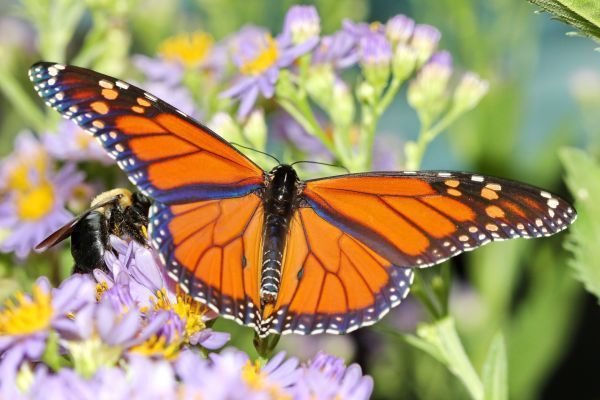
May 28, 2020
One year after the Illinois Monarch Project Agriculture Action Plan was unveiled on Earth Day, Illinois agriculture groups continue to highlight voluntary conservation efforts geared toward pollinators. These groups recently submitted data to the Illinois Monarch Project for the United States Fish and Wildlife Service’s (USFWS) Monarch Conservation Database. The data submission is a collection of metrics showcasing Illinois stakeholder efforts to help protect pollinators over the past six years. The database aims to collect information on monarch habitat throughout the U.S. based on conservation efforts, which are defined as on-the-ground actions designed to improve the population status of monarchs.
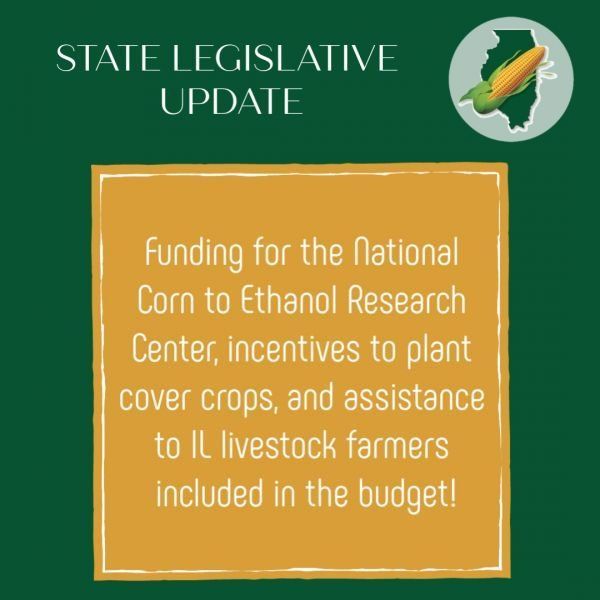
May 27, 2020
As of May 24, around 1 am, the state of Illinois now has a budget that – although reported as creatively balanced – provides some wins for Illinois agriculture. “Illinois agriculture showed great solidarity as we negotiated and lobbied for programs that could support farmers this year and next,” said Rodney Weinzierl, IL Corn Executive Director. “It continues to illustrate what all the commodity groups get done pulling in the same direction - seeing the needs for Illinois farmers and working together to meet those needs.” Funding for the National Corn to Ethanol Research Center (NCERC) remains steady at $1 million. This funding will allow the work of innovating new uses for corn and developing technologies to produce renewable fuel more efficiently to continue.
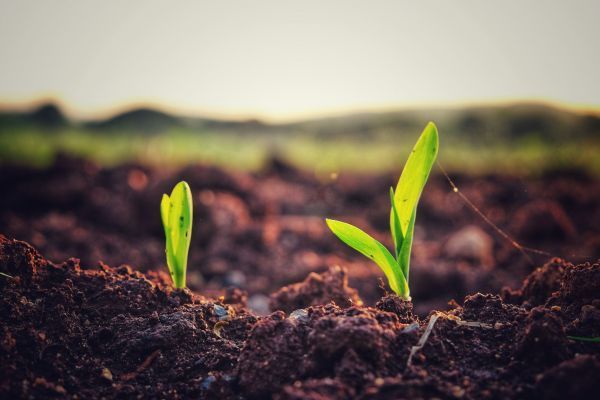
May 22, 2020
The USDA released more information on how the Coronavirus Food Assistance Program (CFAP) would be rolled out. At first look, payment calculations may seem fairly complicated but farmers should focus right now on gathering information needed to be eligible for this program. Farmers will receive 80% of their eligible payment in a first installment and expect to receive the 20% in a second installment if funds still exist. To qualify for the payment, the application must be filled out between May 26th and August 28th. In the meantime, farmers should check their records and begin compiling what is needed.
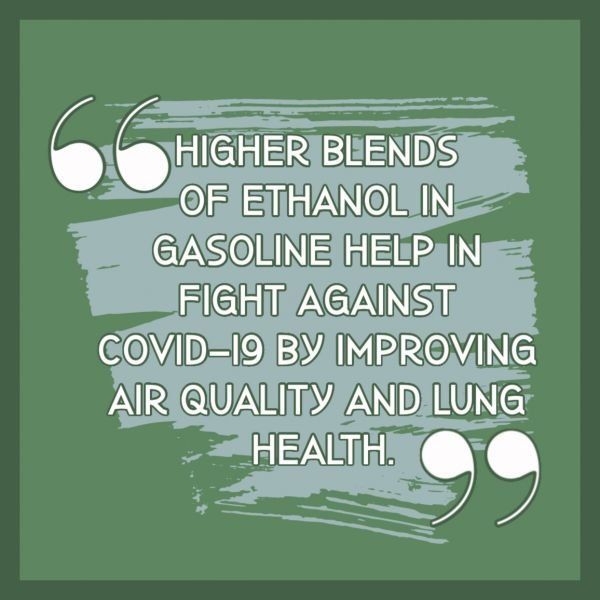
May 12, 2020
Researchers see a correlation between high concentrations of particulate matter in the air and vulnerability of citizens contracting the COVID-19 virus, says a recent study by Harvard T.H. Chan School of Public Health. The link was documented by a group of Italian researchers as well and publicized this week by Chicago Area Clean Cities (CACC). The particulate matter in question is very fine particle size pollutants which the lungs have a hard time filtering. The same particulate matter is a common emission from cars that can be reduced by cleaner burning fuels like ethanol. According to the article, “Those living in urban areas with large numbers of vehicles and traffic congestion face higher exposure than people living in suburban neighborhoods, or more rural areas.”
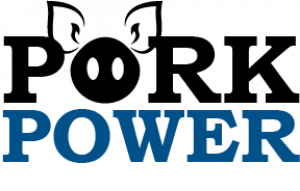
May 7, 2020
Together, we can prevent excess hogs from going to waste due to supply chain disruptions caused by COVID-19. Together, we can direct that protein to needy families all over Illinois. IL Corn is proud to partner with Illinois Pork Producers Association on their Pork Power program. Thanks to donations from pig farmers and support of all of our partners, Pork Power has provided more than 821,000 pounds of pork, amounting to more than 2.7 MILLION servings, to hungry Illinois residents since the program began in 2008. Food banks across Illinois work with Pork Power to accept donations and distribute pork to families throughout the state.
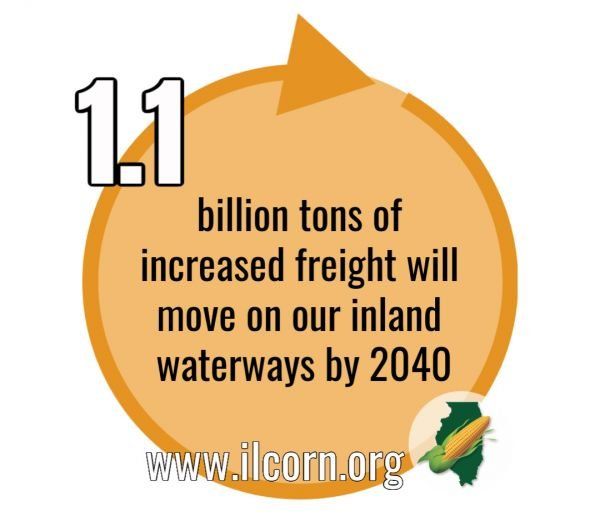
May 6, 2020
Today, the Senate Environment & Public Works (EPW) Committee passed America’s Water Infrastructure Act of 2020 (AWIA). The bill included within it the Committee’s version of the Water Resources Development Act (WRDA) which had great news for Illinois farmers relying on our inland waterways infrastructure and the international market it provides. The bill adjusts the cost-share for construction and major rehabilitation of inland waterways projects from 50/50 to 35/65. This means that instead of 50 percent of the funds for rehab and construction coming from the Inland Waterways Trust Fund and 50 percent of the funds coming from the federal government, the split will now be 35/65 with the federal government picking up 65 percent of the tab.
Articles
2025
2024
2023
2022
2021
2020

